Namgyeseowon Confucian Academy [UNESCO World Heritage] (남계서원 [유네스코 세계문화유산])
18.7 Km 33368 2024-01-08
8-11 Namgyeseowon-gil, Sudong-myeon, Hamyang-gun, Gyeongsangnam-do
Namgyeseowon Confucian Academy was established in 1552 as the second Confucian academy in Korea after the Sosuseowon Confucian Academy located in Yeongju, Gyeongsangbuk-do. Seowon refers to a private educational institution of the Joseon period founded to perform Confucian rituals and nurture talent. “Namgye” is named after the Namgyecheon Stream flowing in its front. It was destroyed by in 1597 during the Imjin War (1592-1598) and rebuilt in 1612. Located on a low hill, it provides an open view of Gaepyeong Hanok Village beyond the field and the stream.
Solsongju Cultural Center (솔송주문화관)
18.7 Km 1 2024-01-26
50-6 Gaepyeong-gil, Jigok-myeon, Hamyang-gun, Gyeongsangnam-do
Solsongju is a liquor distilled after steaming pine sprouts picked from the mountains around Gaepyeong Village from April to May and fermenting them with hard-boiled rice in the crude liquor. It has been introduced several times as a toast at summit dinners and international events. Solsongju Cultural Center, located at the entrance of Gaepyeong Hanok Village, is a space that informs the history and tradition of Solsongju. Park Hong-seon, an Intangible Cultural Property holder with the secret of Solsongju passed down for more than 500 years, has operated this cultural center with her husband for nearly 30 years. Visitors can experience a variety of traditional liquor, including Solsongju, made using traditional tools; Nokpaju, an herbal liquor of the Goryeo period; and Damsol, a rice soju, and you can also try tasting them. These can be consumed as is or as various cocktails. There are four types of cocktails in the cocktail-making experience: Damsol Julep, Solbaram, Damsol Tea, and Damkok.
Hamyang Ildoo Gotaek
18.7 Km 7820 2021-04-09
50-13, Gaepyeong-gil, Jigok-myeon, Hamyang-gun, Gyeongsangnam-do
+82-55-962-7077
The Old House of Ildu in Hamyang is the birthplace of Jeong Yeo-chang (1450-1504, pen-name: Ildu), a great Neo-Confucian scholar of the Joseon Dynasty. It is situated at the center of Gaepyeong Village, where many members of the Hadong Jeong clan and the Pungcheon Roh clan settled, in Jigok-myeon, Hamyang. The house is considered an invaluable historic material for studies on the architectural style of the 17th to 18th centuries and the history of the Joseon Dynasty.
The house covers a total area of 9,917m2 and consists of the haengrangchae (servants’ quarters), sarangchae (a detached building used as a reception room for male guests), jungmunganchae (middle gate building), anchae (the inner house), araechae (outhouse near the gate), gobang (storeroom), shrine, gotganchae (warehouse), and a tall gate. Upon entering the house, visitors will notice an earthen wall that divides the sarangchae, which is built on a high foundation, from the other spaces so as to prevent visitors from looking inside the women’s spaces and shrine. The house’s most distinguished feature is the sarangchae, whose role and size were expanded, unlike other hanok houses at that time. The sarangchae was built in a “ㄱ”-shaped layout and is connected to the “ㅡ”-shaped jungmunganchae. Notably, the sarangchae’s numaru (attic, upper floor) is a well-designed library that attests to the scholarly spirit of Jeong. After entering via the Ilgagmun Gate (front gate with two posts and a roof), a middle gate comes into view. After passing this gate, there is the “ㅁ”-shaped anchae, or women’s quarters, with a courtyard. Then, after passing a room of the anchae, there is the gotganchae flanked by the shrine and the an-sarangchae.
Currently, the house provides a variety of accommodation including four rooms in the haengnangchae, two rooms in the an-sarangchae, and three rooms in the sarangchae. The latter two are equipped with outside toilets. In particular, the sarangchae, as the core space of the house, offers an open view of Seokgasan Mountain from the numaru (upper floor) of the Takcheongjae Building. Although the house is designed and decorated with antique household objects, furniture and interior items, the toilets and bathrooms are modernized for guests’ convenience.
As the Old House of Ildu has been designated as National Folklore Cultural Heritage No. 186, it is maintained by the local administrative office. However, Jeong Ui-gyun, an 18th-generation descendant of Jeong Yeo-chang, lives in a house in the orchard opposite the Old House of Ildu, and comes and goes constantly. Although cooking is not possible at the house, Jeong allows guests to have a garden party or cook in his large garden next to the detached building.
Jirisan History Museum (지리산역사관)
19.1 Km 45200 2021-06-15
1438, Hwagae-ro, Hadong-gun, Gyeongsangnam-do
+82-55-880-2954
Jirisan History Museum is located within Jirisan National Park at the start of the hiking course to Byeoksoryeong Pass. Rather a small museum, it provides detailed information about the history of North Korean partisans and the routes that they took throughout the mountain during the Korean War. The museum also exhibits the war relics, lifestyle of the mountain villagers and local produce of Hadong.
Jangansan County Park (장안산군립공원)
19.3 Km 14288 2024-04-07
Jangan-ri, Jangsu-gun, Jeonbuk-do
+82-63-350-2445
Situated in Jangsu-gun in Jeollabuk-do, Jangansan Mountain (alt. 1,237 m) was officially designated a county park in 1986. Deoksan Valley Stream, which originates in the southwestern part of Jangansan Mountain and flows into Yongnimcheon Stream, is famous for the Deoksanyongso Waterfall Basins and the 20 or so large rocks that dot its banks. The sprawling fields of reeds along the East Ridge are also a major draw, undulating like waves of gold in the crisp autumn wind. In particular, the east hiking path on Jangansan Mountain is lined with a wide field of silver grass making it popular among hikers.
Lotte Himart - Namwon Lotte Mart Branch [Tax Refund Shop] (롯데하이마트 남원롯데마트점)
19.4 Km 0 2024-04-22
96, Chunhyang-ro, Namwon-si, Jeollabuk-do
-
Umyeongri [Korea Quality] / 우명리 정씨고가(효리댁) [한국관광 품질인증]
19.4 Km 5569 2024-07-01
6 , Hyori-gil, Hamyang-gun, Gyeongsangnam-do
+82-70-4257-4110
The Jeong Clan Old House in Umyeong-ri, Hamyang-gun - also known as Hyori’s Old House - was home to a number of Joseon scholars, and has been designated a Gyeongsangnam-do cultural treasure. Visitors will notice that the anchae women’s house is separated by a low wall from the other buildings, to keep the women’s area private. There is a vegetable garden, and slightly aside from the residences is an outbuilding where learned Joseon gentlemen - ‘seonbi’ - would gather to study and discuss. The old house was opened to guests in 2013 so visitors can come and feel the history of the place for themselves.
Gurye Sansuyu Festival (구례산수유꽃축제)
19.6 Km 42473 2024-02-27
45 Sanggwan 1-gil, Gurye-gun, Jeollanam-do
+82-10-2079-4546
Gurye Sansuyu Festival is an annual spring flower festival. Major programs include exhibition of local products made from sansuyu (cornus fruit), while other programs include traditional music and dance performances, experience programs, and fireworks.
Donguibogam Village (산청 동의보감촌)
19.8 Km 12225 2018-10-18
45-6, Donguibogam-ro 555beon-gil, Geumseo-myeon, Sancheong-gun, Gyeongsangnam-do
+82-55-970-7216
The Donguibogam Village (Sancheong Oriental Medicine Theme Park) was established in 2005 and is the first herbal medicine-themed park in Korea. This theme park was designed based on the five elements of the universe according to traditional Korean medicine. The village combines eco-friendliness and traditional Korean medicine content, using eco-friendly materials for various props and designs.
Sancheong Medicinal Herb Festival (산청한방약초축제)
19.9 Km 26047 2023-09-14
Maechon-ri, Sancheong-gun, Gyeongsangnam-do
+82-55-970-6601~5
The Sancheong Medicinal Herb Festival is held in September at Sancheong, home of Jirisan Mountain where over 1,000 medicinal herbs can be found. Jirisan Mountain is also famous as a place where notable physicians in the past researched and practiced medicine. The festival includes various exhibitions and events to learn about and experience Korea's medicinal herbs firsthand. Visitors can also enjoy traditional games and wear clothes from the Joseon dynasty.
![Namgyeseowon Confucian Academy [UNESCO World Heritage] (남계서원 [유네스코 세계문화유산])](http://tong.visitkorea.or.kr/cms/resource/63/2996963_image2_1.jpg)
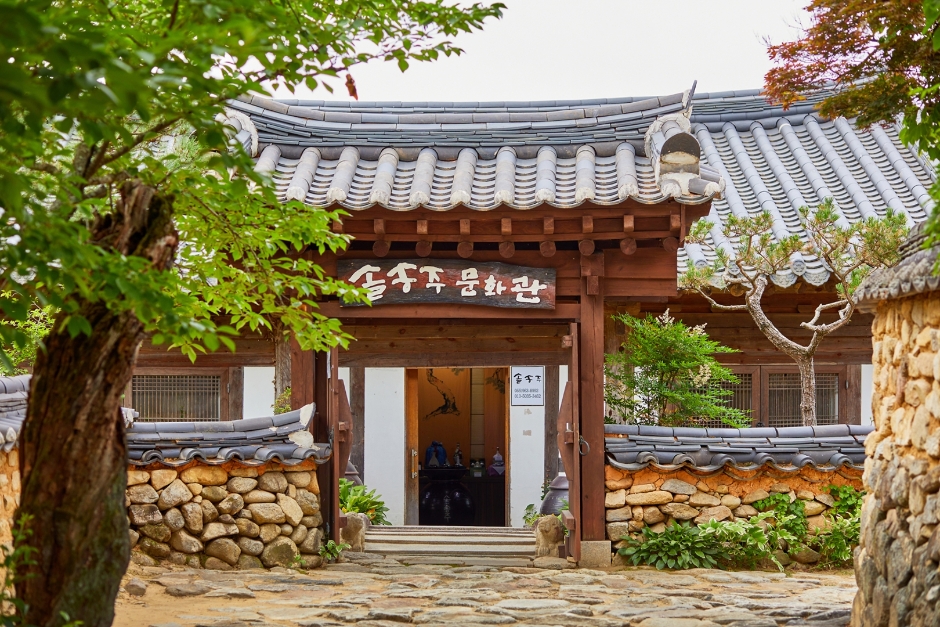
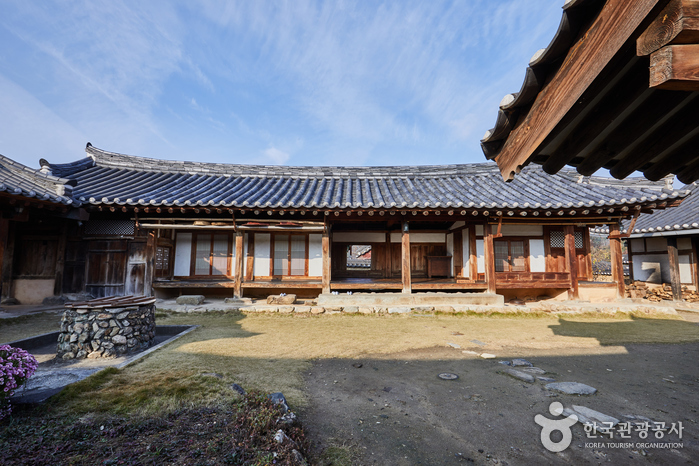
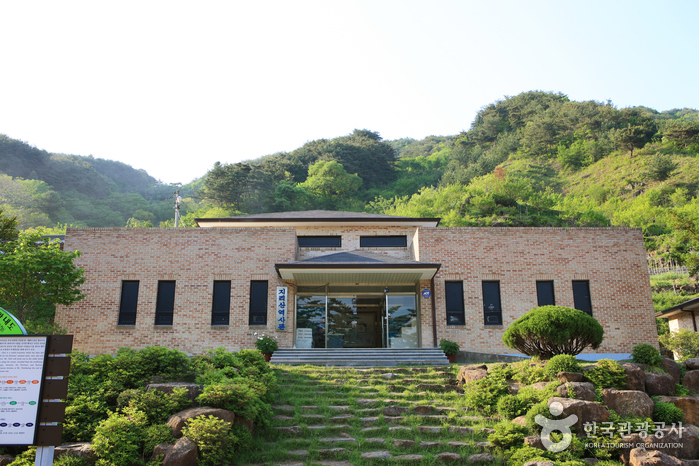

![Lotte Himart - Namwon Lotte Mart Branch [Tax Refund Shop] (롯데하이마트 남원롯데마트점)](http://tong.visitkorea.or.kr/cms/resource/87/2886387_image2_1.jpg)
![Umyeongri [Korea Quality] / 우명리 정씨고가(효리댁) [한국관광 품질인증]](http://tong.visitkorea.or.kr/cms/resource/78/2572478_image2_1.jpg)
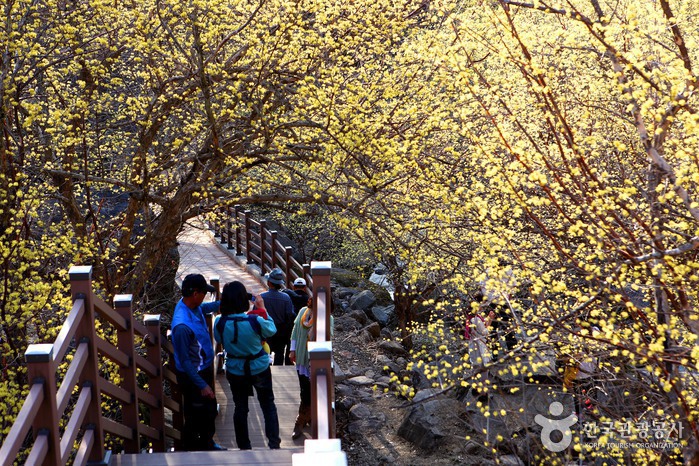
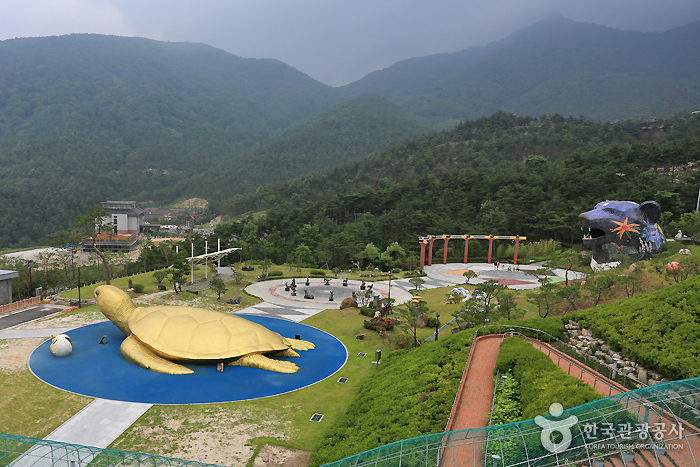
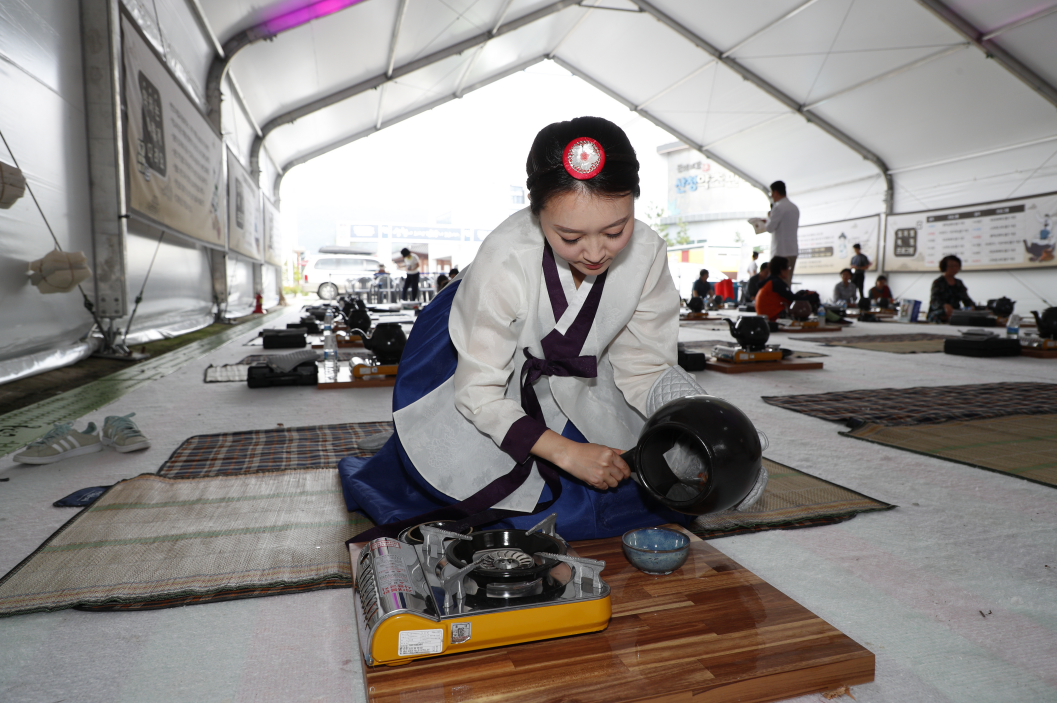
 English
English
 한국어
한국어 日本語
日本語 中文(简体)
中文(简体) Deutsch
Deutsch Français
Français Español
Español Русский
Русский